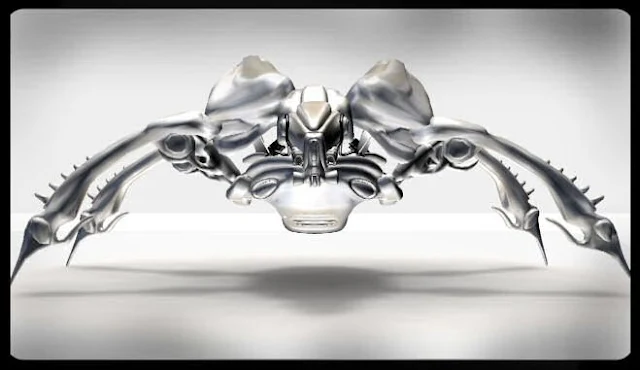Demoscene art, a vibrant and unique subculture of digital creativity, continues to capture the imagination of tech enthusiasts and artists alike. Born from the heart of 1980s computer coding communities, Demoscene transcends traditional boundaries of art, blending programming, graphic design, and music into a compelling, interactive experience.
 |
| Black Maiden - Interceptor |
At its core, Demoscene is about pushing hardware and software to their limits. Artists, or 'demomakers', craft intricate visual sequences known as 'demos', which are essentially programs that generate audio-visual artworks in real-time. These demos are not just animations; they're complex pieces of software that showcase the coder’s ability to manipulate the very architecture of computing for artistic expression.
The beauty of Demoscene lies in its foundation of competition and community. Demoparties, gatherings where enthusiasts meet, share their work, and compete in various categories, are the beating heart of this culture. These events are not just about who can create the most visually stunning piece, but also who can write the most optimized, inventive code. It's a place where art and engineering meet, challenging each participant to not only display artistic vision but also technical prowess.
Demoscene's artistic significance is profound, showcasing a blend of abstract geometries, surreal landscapes, and thematic storytelling, all synchronized with compelling soundtracks. The visuals can range from nostalgic pixel art reminiscent of early video games to sophisticated 3D environments that rival modern digital artworks. Each piece tells a story of the creator’s deep interaction with the digital medium, offering a glimpse into the endless possibilities of creative computing.
Moreover, Demoscene's influence extends beyond its own niche community. It has been a playground for many who later moved into professional game development, visual effects, and software engineering. The skills honed in Demoscene—from graphic design to sound music production—are highly transferable and have shaped various aspects of multimedia industries.
For those of us who cherish both the technical and artistic sides of computing, Demoscene remains a fascinating fusion of both worlds. It challenges the notion of what can be achieved when creativity meets computing power, proving that art is not only about the tools we use but how we push them to express our deepest imaginations. Whether you're a coder, a graphic designer, or someone who appreciates the intersection of technology and art, Demoscene offers a rich, immersive world worth exploring.
